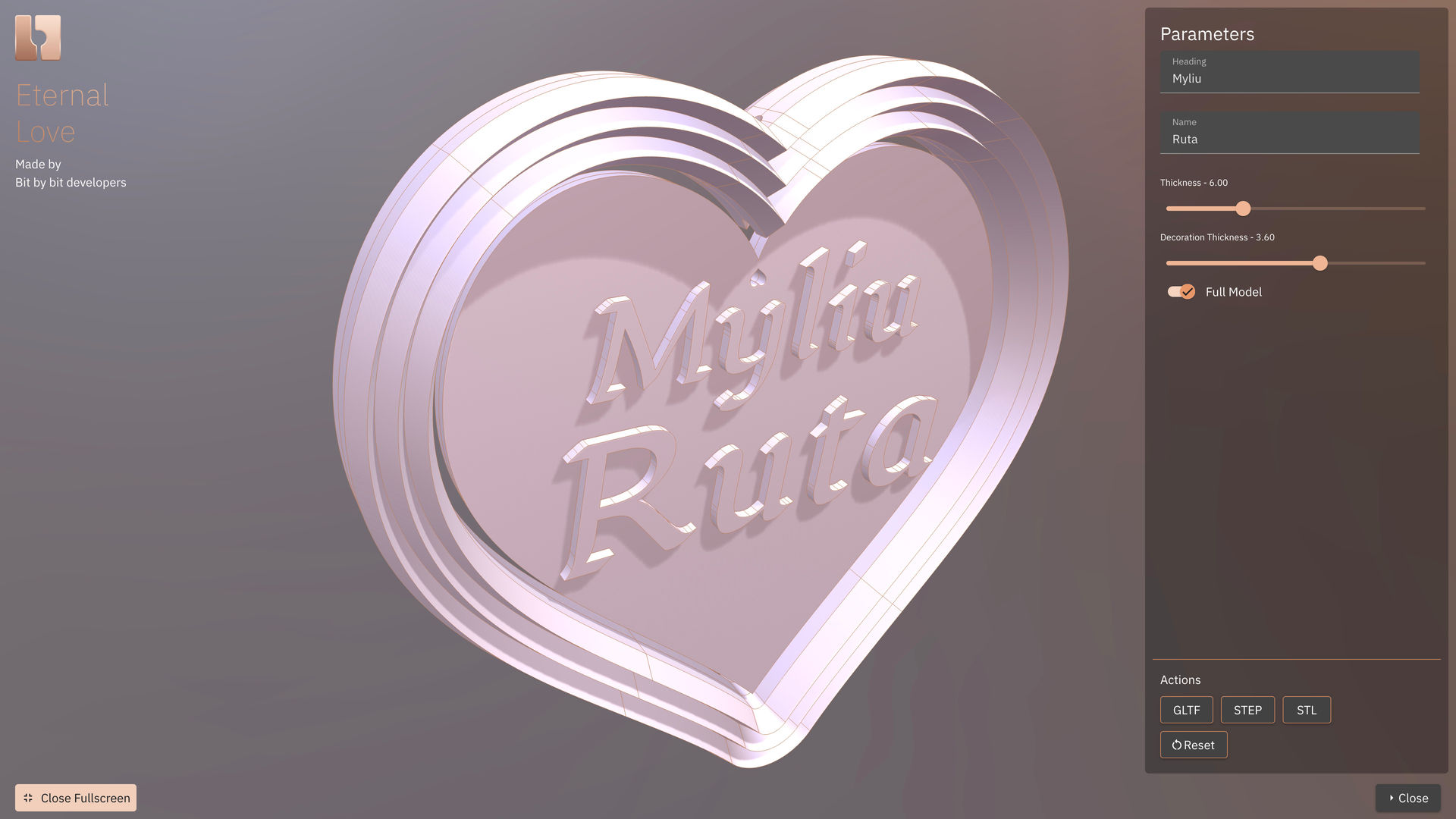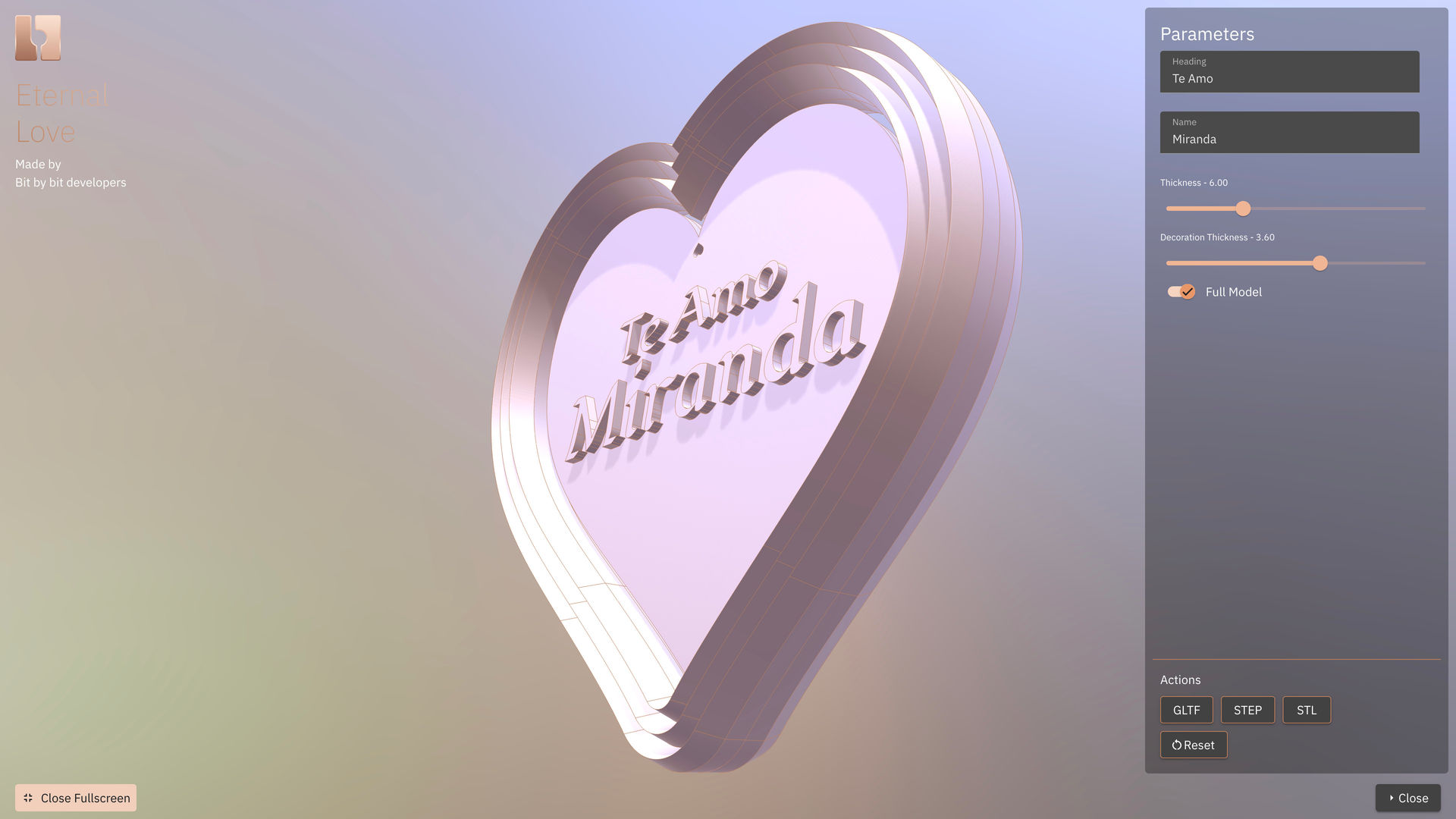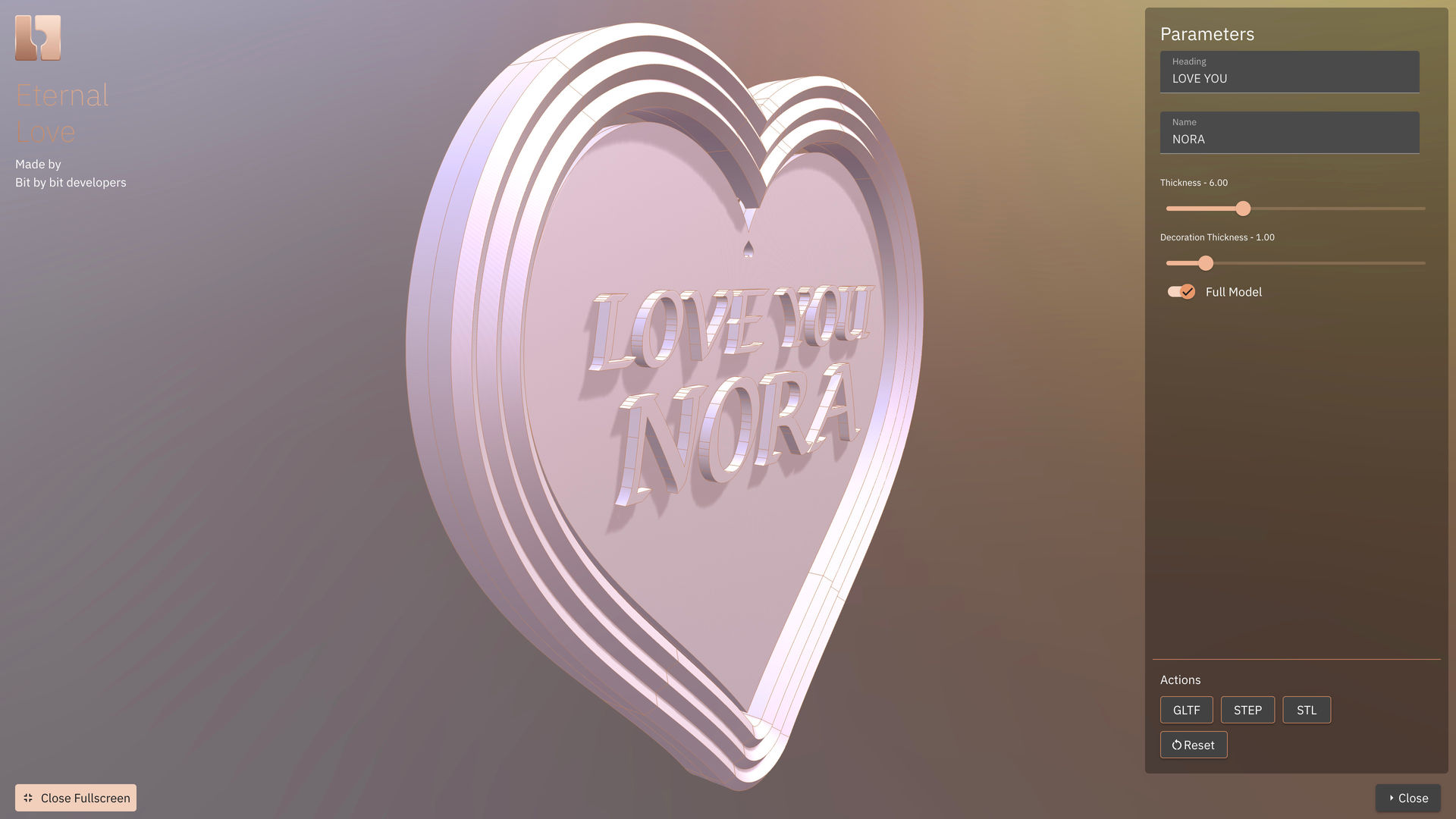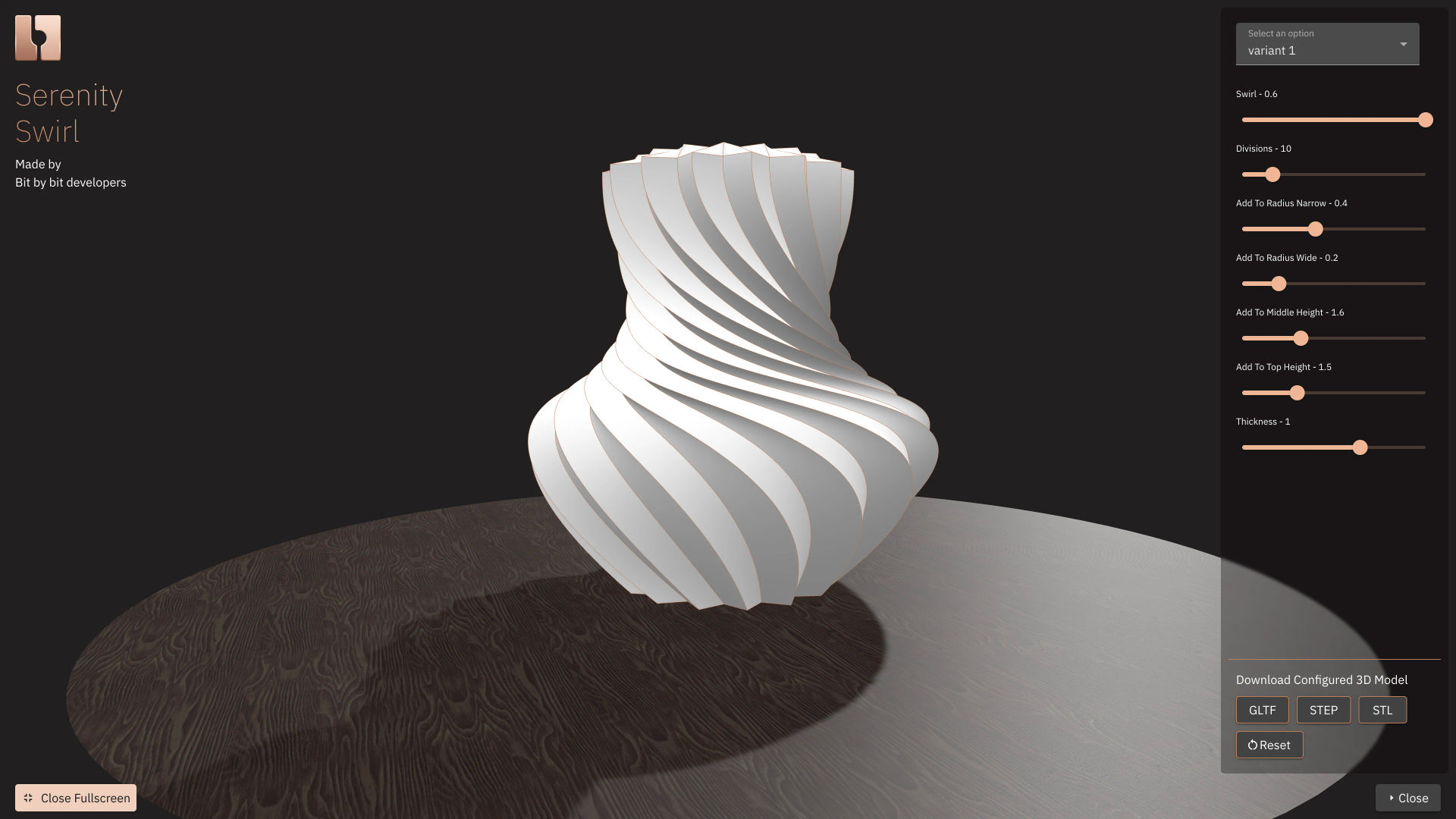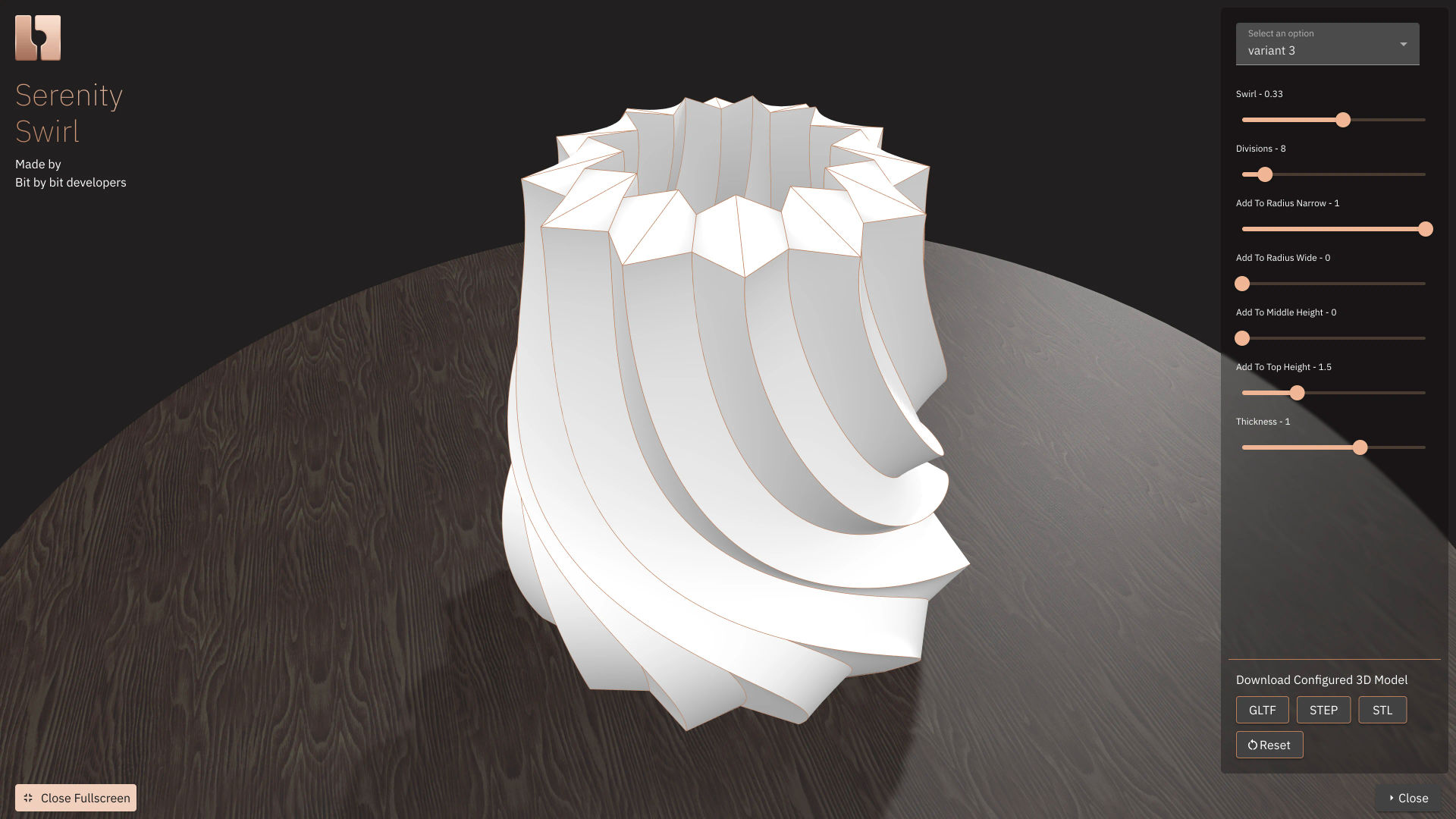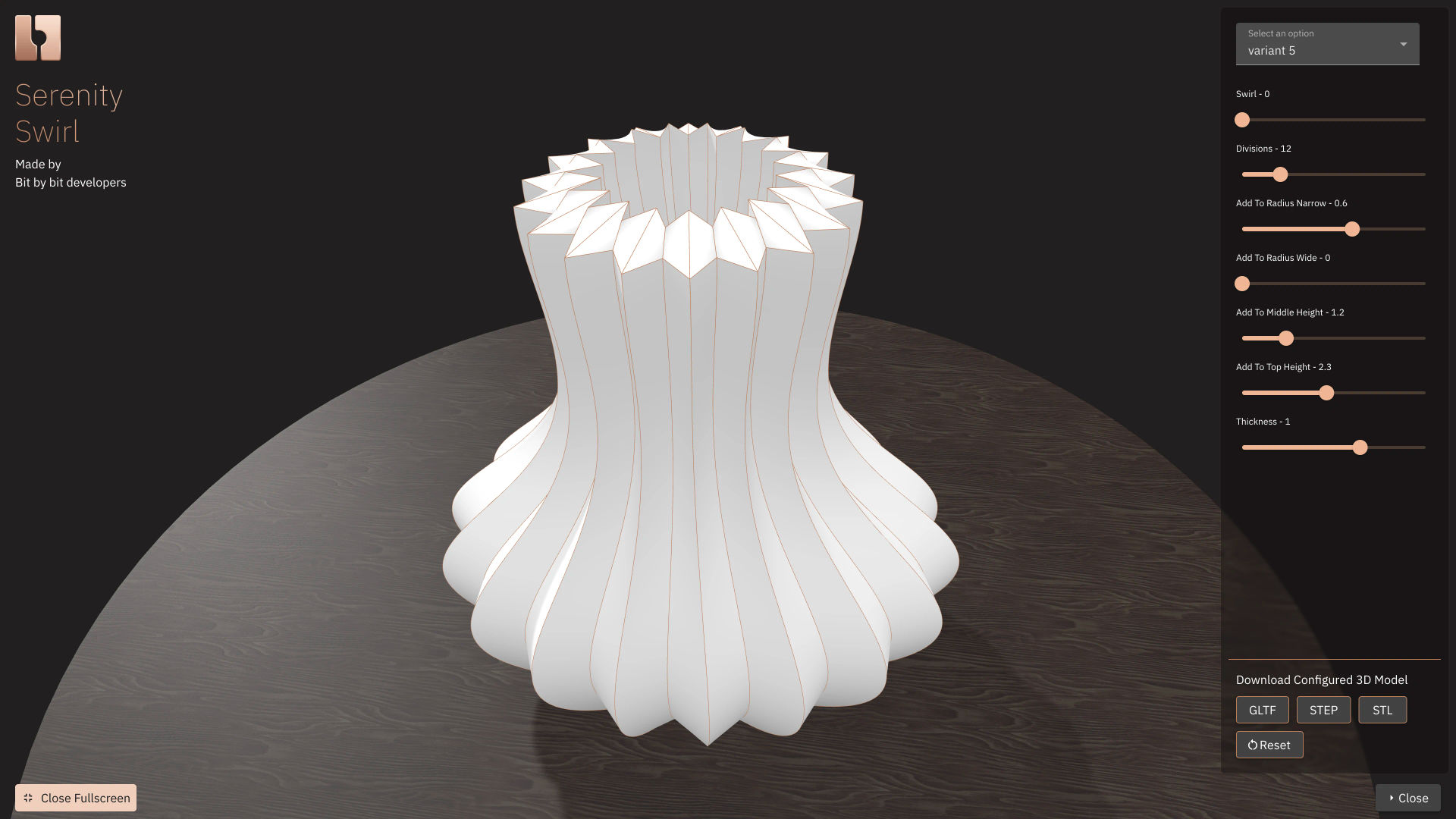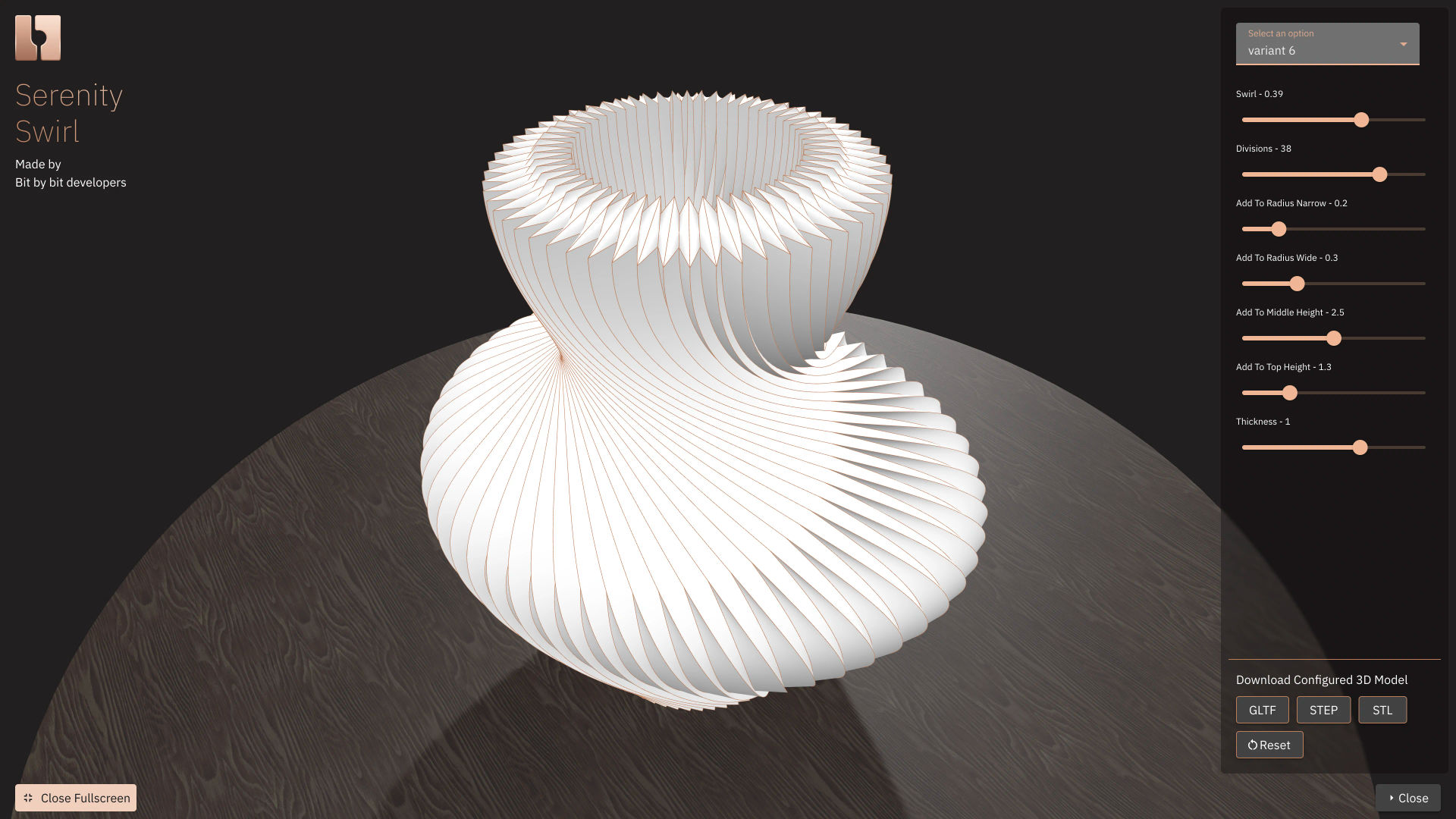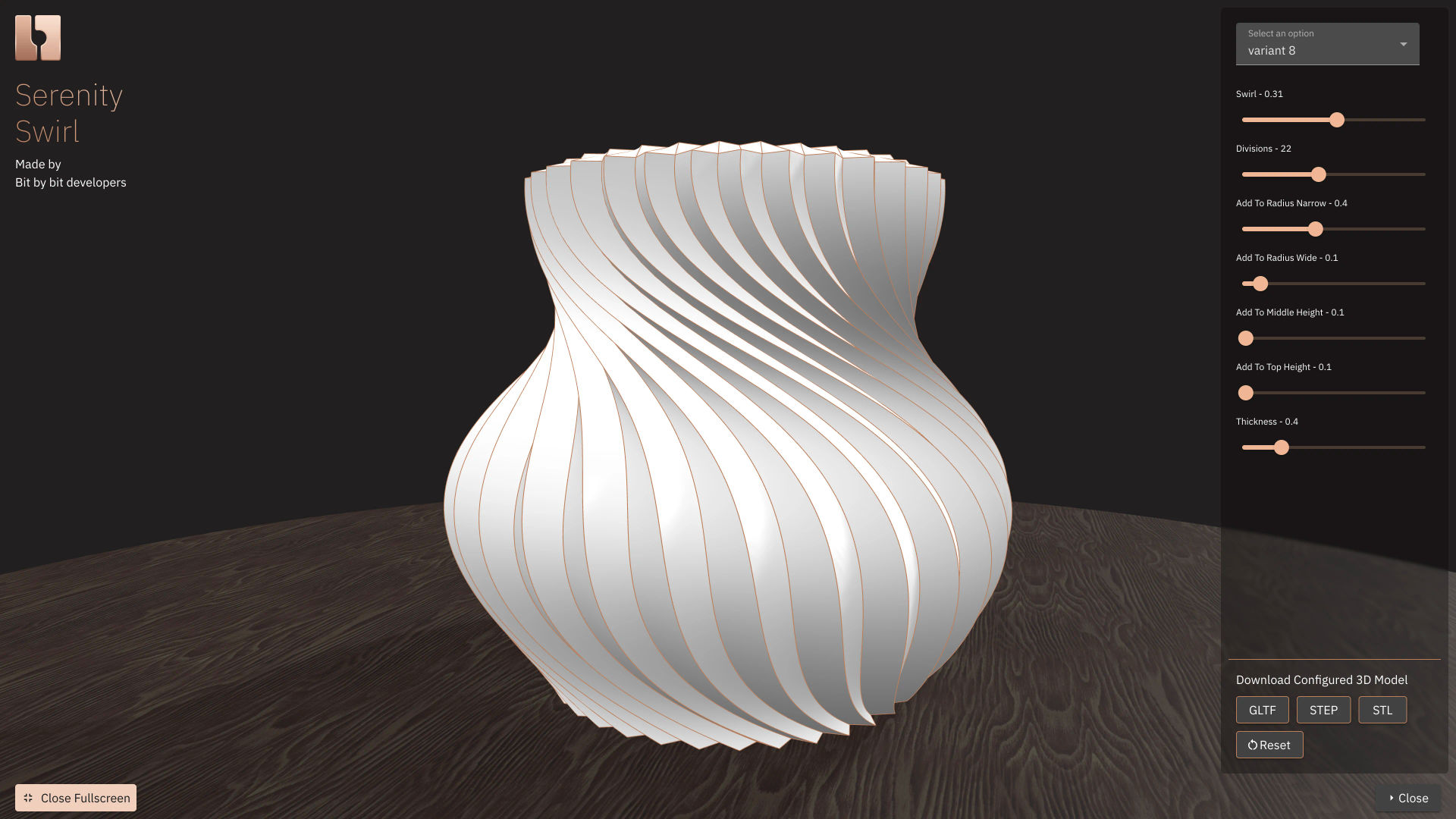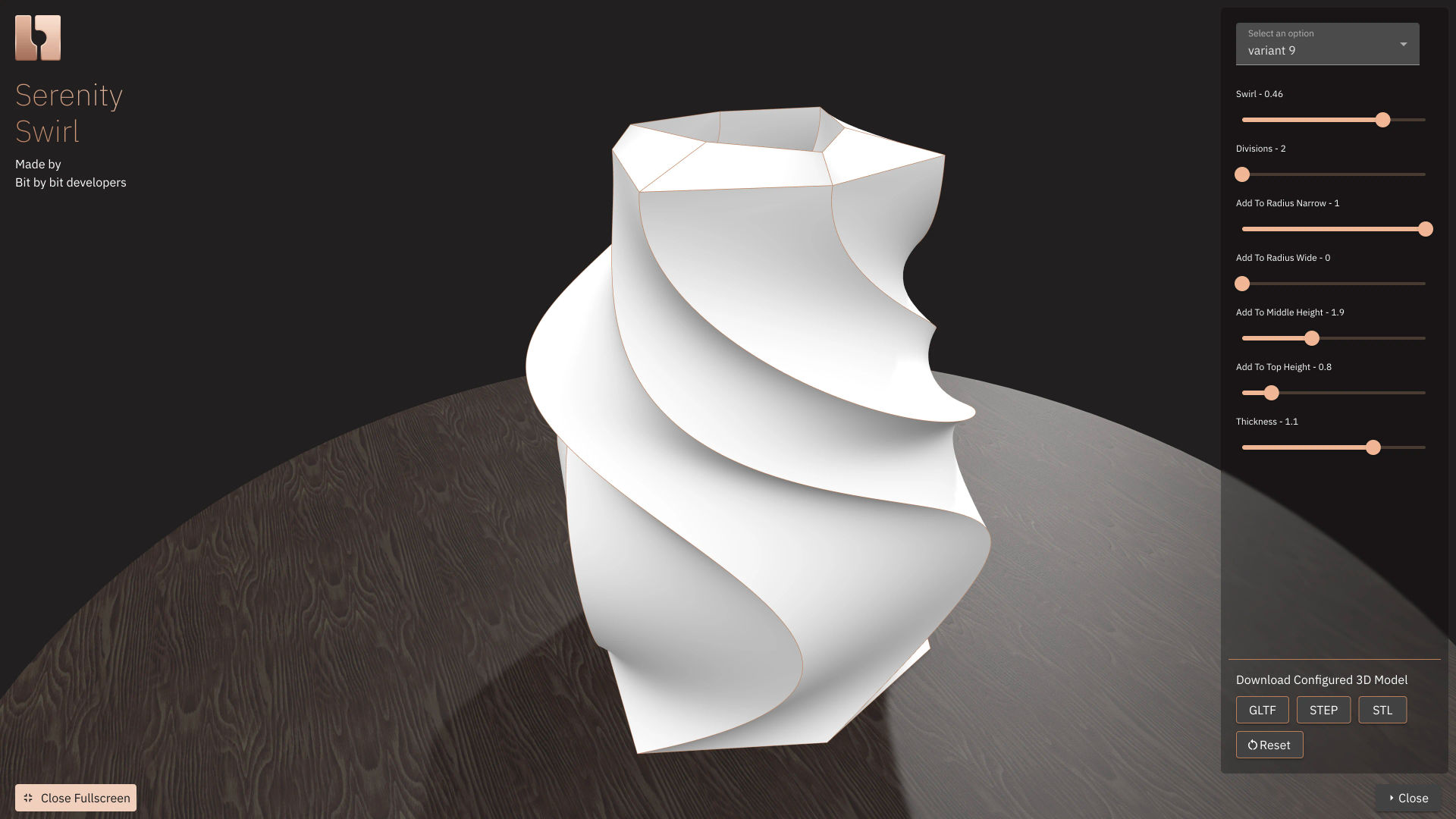What does it mean?
"Stand-alone" refers to the configurator's ability to function independently as its own application, accessible via a dedicated URL on our website. You can locate all stand-alone configurators on the 3D Models page. These applications are generally exclusive to our subscribers. If you're not subscribed, you'll typically be directed to a presentation page featuring a few configurator screenshots or, occasionally, a dedicated video showcasing the model instead of accessing the actual configurator.
Why do you need stand-alone configurators?
Imagine you've recently purchased a 3D printer, but you're not familiar with 3D modeling. Perhaps you simply want to ignite your child's enthusiasm for technology. You're eager to print something unique, practical, and original - after all, you invested in a 3D printer capable of crafting nearly anything. We believe you should have the ability to design 3D models with dimensions and proportions tailored to your needs, even adding 3D text to objects, without the hassle of mastering complex CAD software.
We want to make it super easy for non-expert users to create 3D models. That usually means that we have to expose only the most essential configuration parameters and provide simple, unique and intuitive user experience for each kind of model. Professional CAD software packages are usually very complex, generic and require a lot of training to be used. We want to make it easy for everyone on the internet to create 3D models in no time.
Our primary aim currently is to develop straightforward 3D models primarily intended for 3D printing, gaming and other industries. However, our platform also enables us to create exceptional, visually striking parametric designs akin to art pieces. Simplicity doesn't limit us to generating mundane 3D models. We have the capability to produce intricate 3D models that are unique and challenging for even professional designers to replicate, making them unlike anything else available on the internet.
Below we provide some pictures of currently built stand-alone configurators.
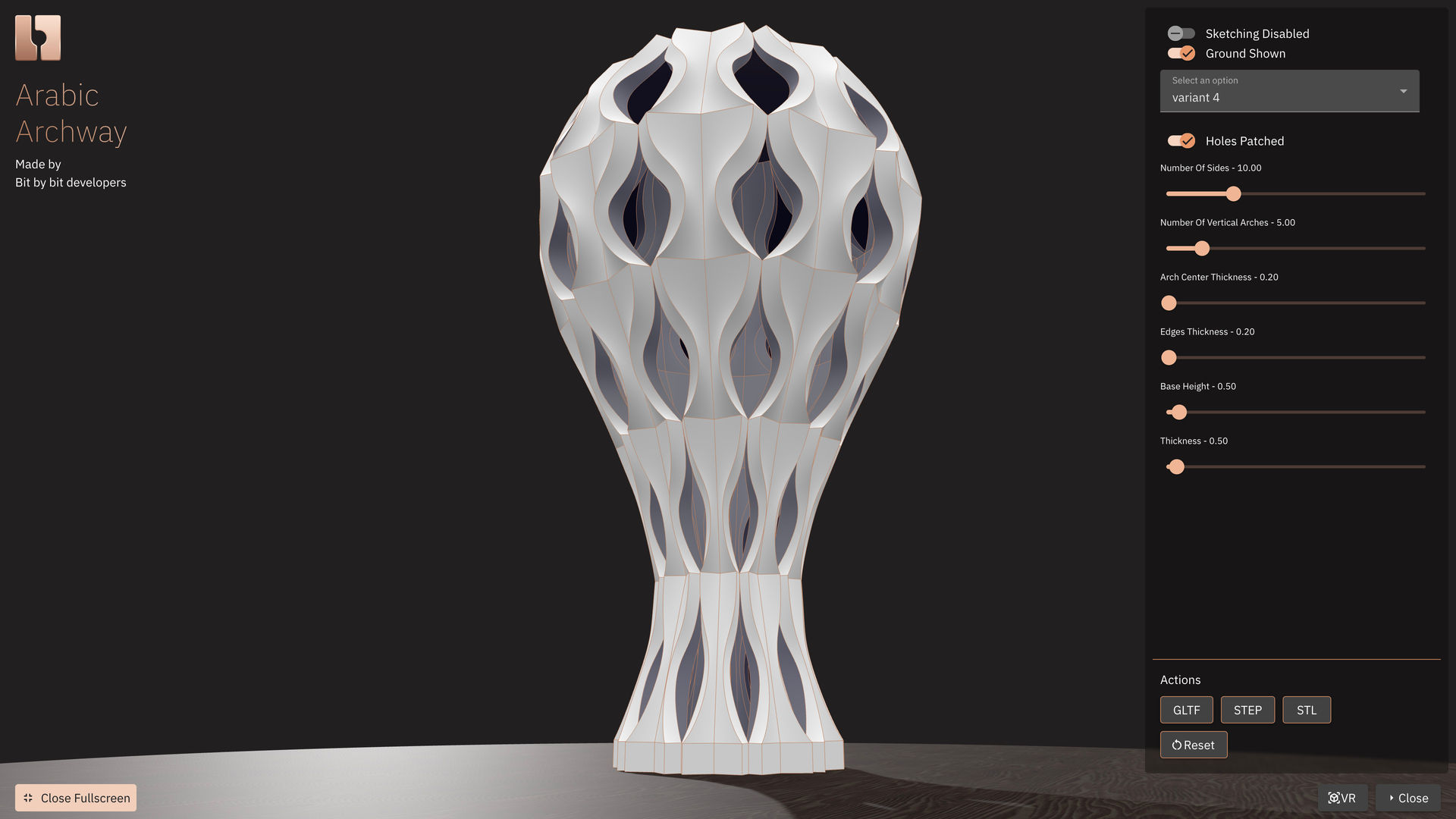
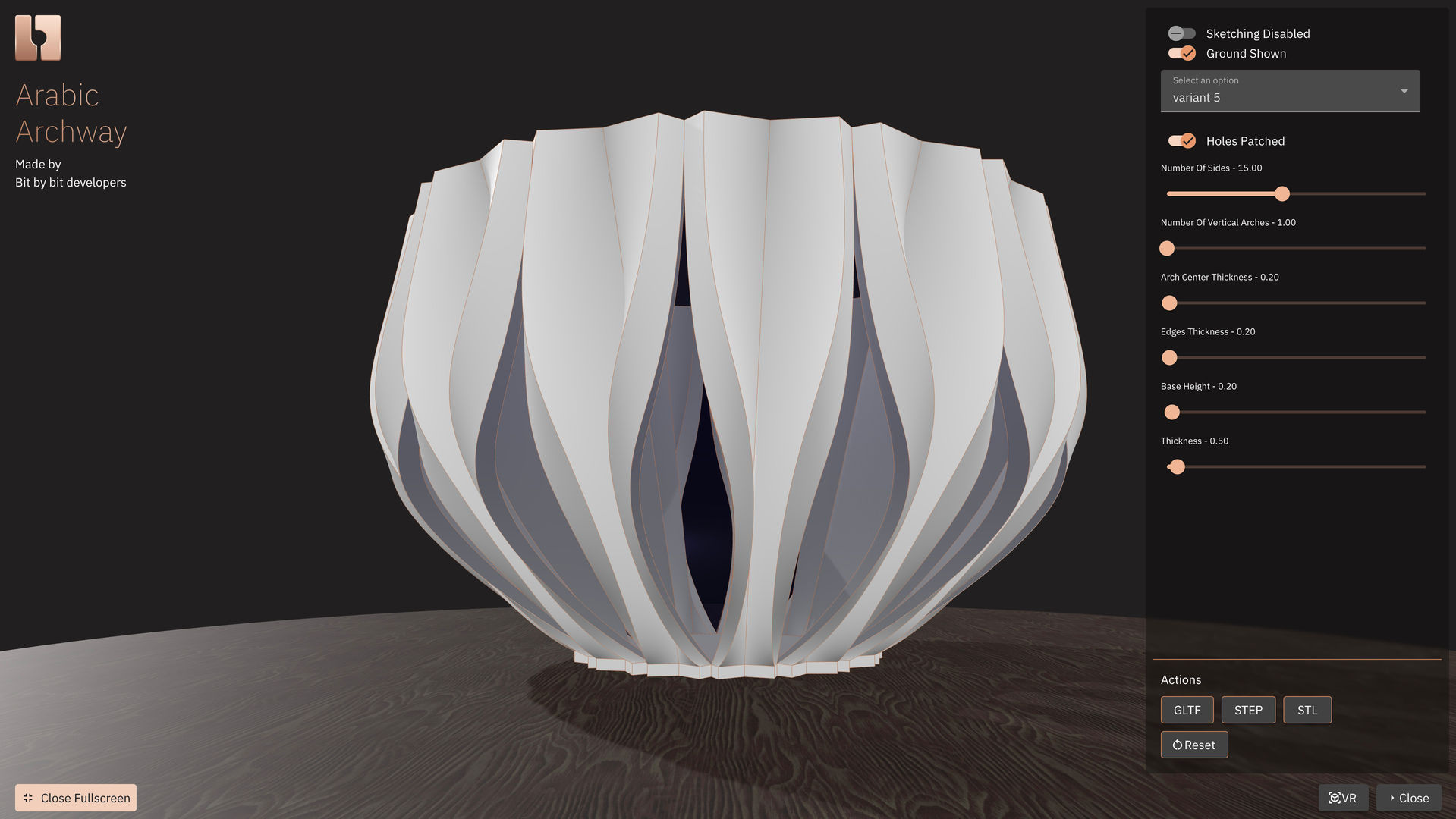

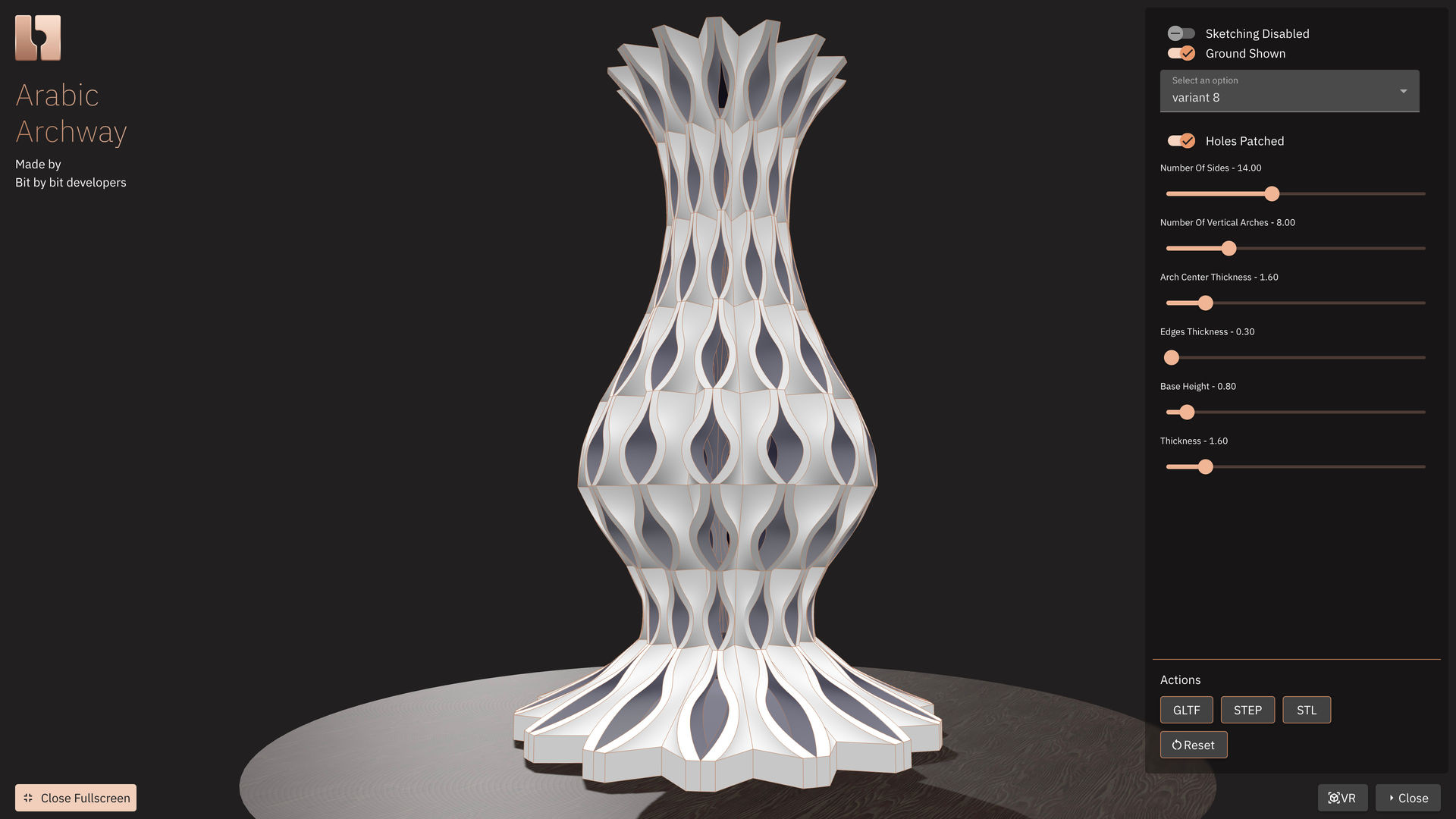
Why not focus on generic CAD software?
While generic software packages are great in many ways, they are meant to design anything and everything. That means that they are not optimized for any particular use case. We do invest in creating generic CAD algorithms that simplify our life. We do expose them via our editors and we even open source many of them through our special software libraries, but we think that we will add most value to people if we give them ways to design complex things with custom applications, specifically made and optimised for real world objects.
We believe that we have unique capability to ensure the quality of such parametric applications through standard software development techniques that are not available to traditional 3D modeling experts or even computational designers. It's not often that you hear people writing unit tests or end to end tests to ensure that the 3D vase model algorithm is working correctly within a given range of parameters. Or that the code history for such 3D algorithms is being tracked on GIT, improved, reviewed by other developers and, let's be honest, even AI.

